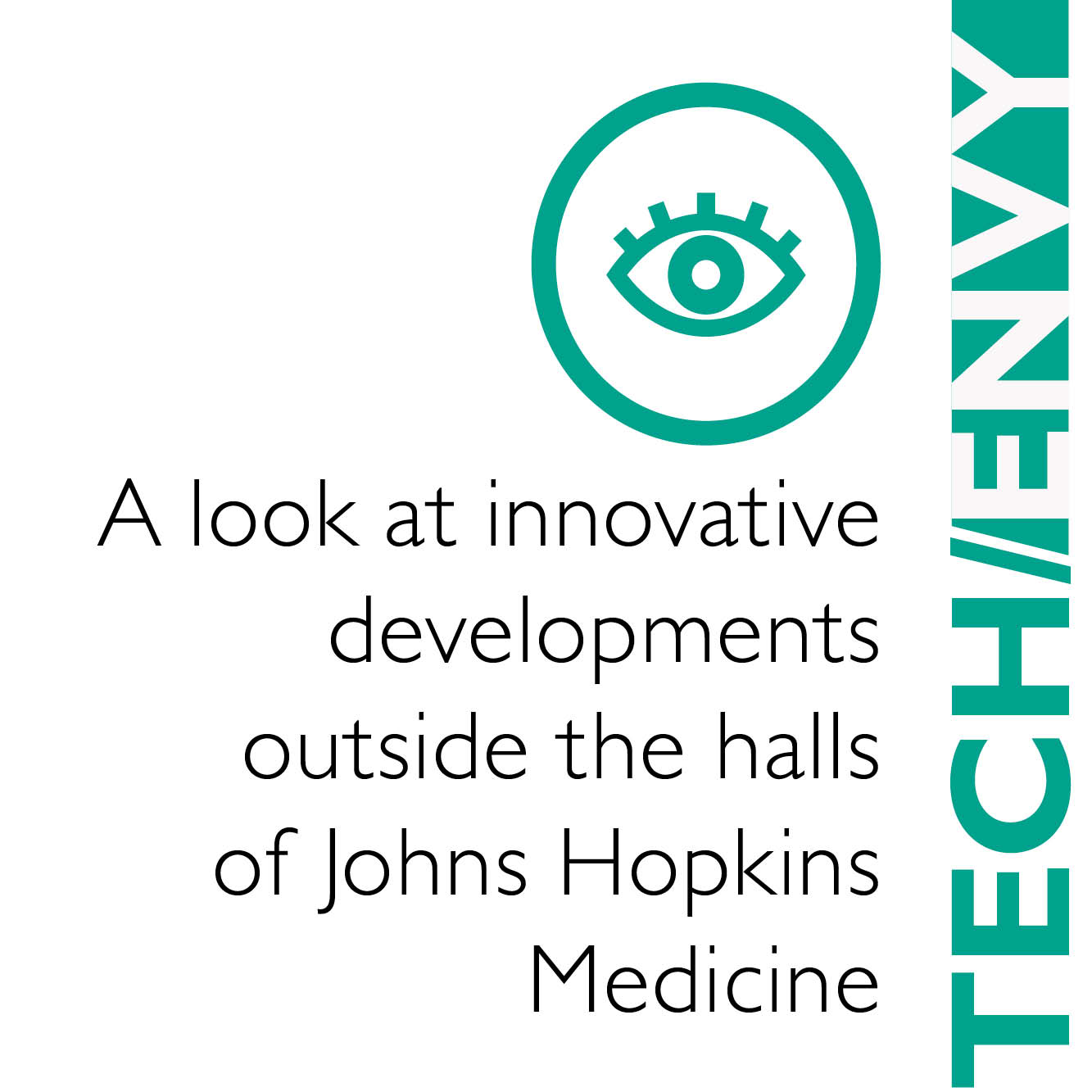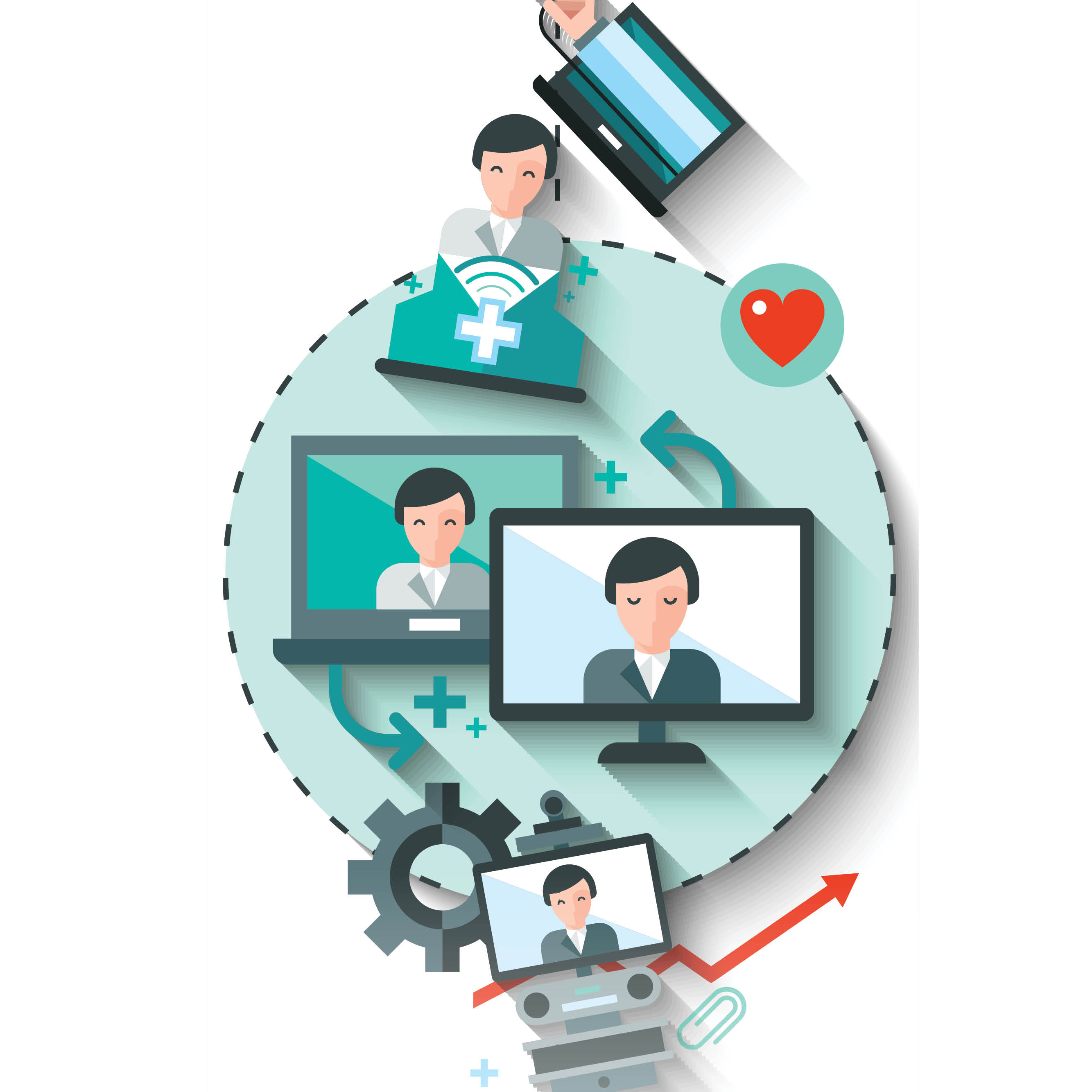In the past six weeks, my practice as a neurologist in academia has changed drastically. I still see some hospitalized patients, including those with COVID-19, but most of my clinical time is spent in providing telemedicine visits. We have scaled up from 10 “teleneurology” visits weekly before COVID-19 to now conducting 95 percent of visits with this platform.
Prior to the pandemic, many institutions struggled with the logistical challenges of enacting telemedicine in such a complicated health care climate. But the COVID-19 crisis enabled the Centers for Medicare & Medicaid Services (CMS) to relax rules over the use of and reimbursement for telemedicine services for Medicare recipients. (This was formerly only covered for patients in rural areas.) Now that the trial-by-fire dust has settled, most neurologists say they strongly support the federal government continuing to relax the regulatory hurdles to providing telemedicine services to Medicare recipients or to patients in other states.
Personally, the ability to continue to provide care remotely has been a sanguine experience, assuring me that patients who need care can continue to receive it. Just these past two weeks through using telemedicine, I gave a new diagnosis of multiple sclerosis to several patients and treated new-onset seizures and concussion. I also continue to see my established patients, adjusting their medications, assessing the treatment response and ordering diagnostic tests. To be clear, telemedicine can substitute for office visits, but it isn’t a replacement for emergency care in the case of serious injury, heart attack or stroke.
My patients report a very positive experience and appreciate connecting during the pandemic. For patients with neurological disorders that affect mobility, telemedicine represents an opportunity for in-home visits and prevents the necessity of burdensome, sometimes expensive and, in the COVID-19 era, potentially unnecessary travel to a distant clinic. An added advantage: The neurologist can see the home environment and easily conduct a quick survey of potential safety issues.
We neurologists often say our discipline relies more on physical examination than other specialties. While true, we developed new methods and tools to perform and quantify elements of neurological exams during a televisit. Now, we conduct remote cognitive assessments; assess tremor, strength, dexterity and walking ability; and even examine the retina using smartphone photographs of the eye.
Even before COVID-19, research suggested — though the evidence was inconsistent — that teleneurology visits could improve access, reduce costs and improve health outcomes, particularly for patients living in areas under-served by neurologists. In addition to clinical care, telemedicine holds promise to reduce access barriers to neurological clinical trials.
Given the excitement over the potential for teleneurology to revolutionize access and convenience for our patients, what are the challenges?
Much has been written about the disproportionate impact of COVID-19 on people of color and underserved populations. This certainly applies to access to telemedicine. Bridging the digital divide will require significant investment in broadband access both in rural and low-income urban areas. Another barrier to care exists for neurology patients with vision, hearing or cognitive issues. These technical challenges aren’t adequately addressed on our current platforms, and we need creative solutions now.
Although the telemedicine expansion via CMS is temporary and on an emergency basis, several barriers remain from implementing telemedicine permanently. More permanent low-cost platforms that maintain patient security and privacy need to be developed, and enacting either a national licensing practice or removing state-to-state practice barriers will be necessary following the pandemic.
Enabling permanent changes at the federal level will allow neurologists and other specialists to better care for an increasingly aging population efficiently, conveniently and safely, both during the COVID-19 crisis and afterwards.
Justin C. McArthur is director of the Department of Neurology at Johns Hopkins. Excerpted from U.S. News and World Report, “Establishing a Permanent Path for Delivering Neurological Care Via Telemedicine.”



